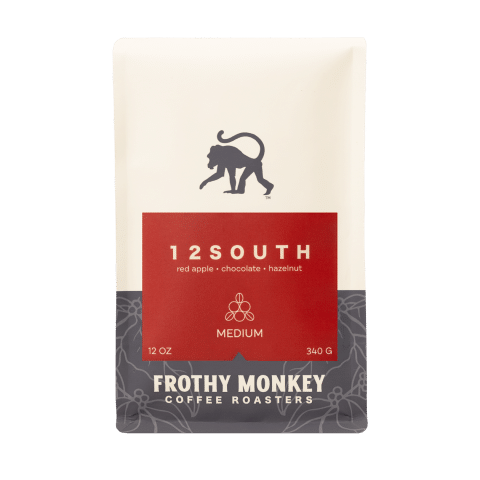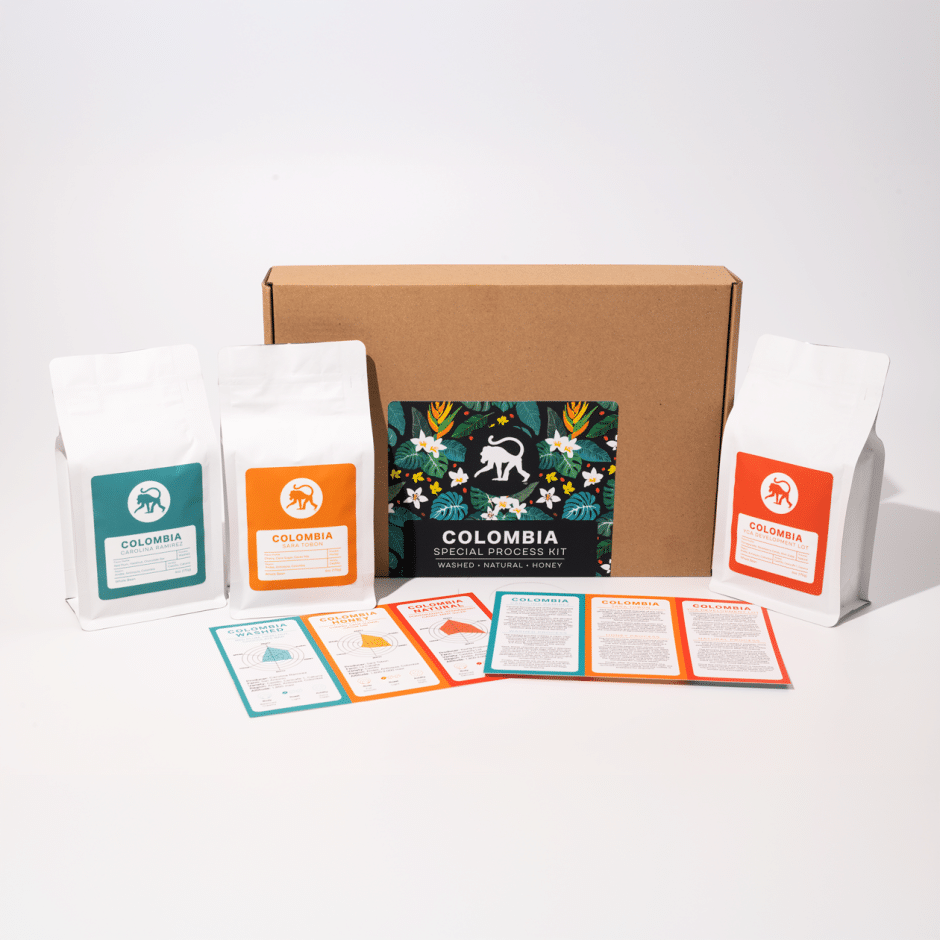Coffee tasting can be a rich and rewarding experience for those willing to put in the time and effort to learn about its complexities. In part two of our Tasting Coffee Like A Pro series our Coffee Education Lead, Ryan Bledsoe goes in-depth talking about body and mouthfeel when it comes to coffee. We’ll explore what these terms mean and how you can use them to better taste coffee like a pro!
Body refers to the perceived weight or thickness of the coffee. It’s often described in terms of fullness or viscosity, just like you would describe milk. For example, whole milk has more fats and sugars than skim milk, which makes it feel fuller and richer on your tongue. Similarly, some coffees have more oils and sugars than others, which creates a different body sensation when you drink them. You might feel that the coffee is heavier, creamier, or more substantial, or that it’s lighter, airier, or more delicate. Body is a subjective quality that depends on your taste preferences and the type of coffee you’re drinking.
Mouthfeel is a broader term that encompasses all the sensations you feel in your mouth when you drink coffee, including the body. Mouthfeel can also refer to the texture, finish, and even temperature of the coffee. A good mouthfeel is one that complements the coffee’s flavors and aromas and makes the drinking experience pleasant and satisfying. Conversely, a bad mouthfeel can ruin even the best-tasting coffee.
When evaluating a coffee’s mouthfeel, you should pay attention to several factors, such as the finish (how long the coffee’s aftertaste lingers in your mouth), the astringency (whether the coffee makes your mouth feel dry or puckery), and the texture (whether the coffee feels gritty, juicy, or smooth).
One important thing to keep in mind when tasting coffee is the temperature. Coffee tastes best and reveals its flavors and aromas more fully when it’s close to your body temperature, around 140-160°F (60-70°C). If the coffee is too hot or too cold, it can mask or exaggerate certain flavors and mouthfeel sensations. That’s why it’s important to let the coffee cool down a bit before you taste it, especially if it’s freshly brewed.
By paying attention to the body and mouthfeel of your coffee, you can become more aware of its nuances and appreciate its qualities more fully. Whether you prefer a bold, full-bodied coffee or a light, delicate one, knowing what to look for can help you find the perfect cup. In the next part of this series, we’ll delve into the role of sweetness, bitterness, and acidity in coffee and how to achieve a balanced cup. Stay tuned!
If you’d like us to take you through the process in person, we’d love for you to attend one of our free public cuppings. You can find more information on them below.
What is a coffee cupping?
Cupping coffee is the process coffee professionals use to evaluate the quality and consistency of coffees. Coffees are brewed using exactly the same method at the same time and presented side by side to be graded. Flavor notes are determined referencing a flavor wheel similar to the aroma/flavor wheels used in tasting wines. While the idea of coffee cuppings might feel intimidating, this ritual can be fun and educational for anyone!
Looking for parts 1 and 3? Click Below!
-
12SouthFrom $18.00 — or subscribe to save 10%
-
Frothy Monkey Lavender Syrup$8.00 — or subscribe to save 15%






